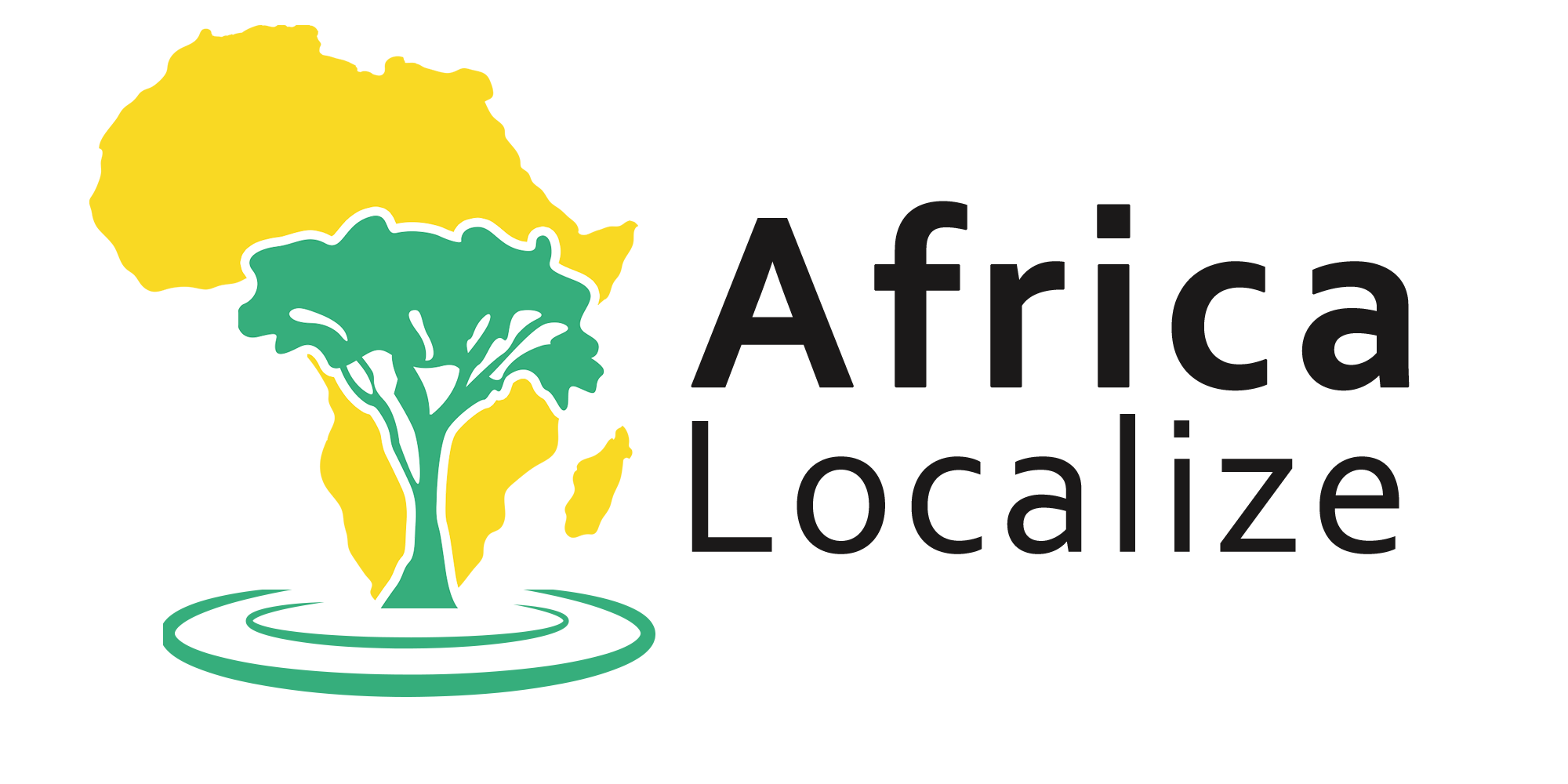A Step-by-step Guide to Choose Your Translation Supplier

As the business grows daily and the need for being globally recognized increases, it is essential now to translate content and provide international customers with services and information in their native language.
However, the translation market has different types of suppliers due to the growing need of language services. This makes the process of selecting a reliable translation supplier a heavy task.
If you are looking for a translation supplier and you are not sure how to start your search, here are a few points to consider when choosing one:
Be specific about your requirements
If you Googled the term “translation supplier”, there will be countless results. But none of them is guaranteed to provide you with specifically what you want.
Being unclear about what you need may lead to a wrong decision. You can analyze your translation project by answering the below questions:
- What is the type of documents/content to be translated?
- What languages do you want to translate into?
- What language/translation services do you need?
Once you have all the answers, you will be closer to reaching the right supplier.
Know the Type of your Translation Partner
After answering the above questions, it will be easy to decide on the type of translation services provider you need.
Here are the 3 common types of translation suppliers:
- Multi-lingual language provider:
Usually, it is a company that covers a wide range of language pairs. Also, they can provide different language services in addition to translation, such as transcription, voice-over, media localization and other services.
- Single-lingual language providers:
Usually, it is a company that is specialized in only one single language. They too can handle large projects, but only for one language. For example, they can provide translation only for English into French. Still, they can offer other language services.
- Freelance translators:
This refers to individuals who offer translation services only into their native languages. They have received an official education in translation tactics.
Review their quality assurance process and if they hire subject matter specialists
Translation work can generate mistakes, like any other craft. That’s why you should ensure that the company you are choosing has a sound quality assurance process and professional editors. This ensures that the quality of the translated material is mistakes-free.
Also, check if they are using subject matter experts. It is a person who is specialized in one subject matter, for example, finance, technical or marketing translation. They ensure that the correct terminology is used and the text sounds native and flawless.
Do they provide 24/7 customer support?
One of the main signs of a professional and credible translation supplier is that you are able to reach your supplier all the time. If the company or the freelancer you chose offers reliable customer support, you will feel safe with them when working in a translation project.
In your searching process, it’s recommended to try to leave a message or use the contact channel you find on your supplier’s website, whether SMS message, email or a request to be submitted on the website.
Then, measure the time of reply and how satisfied you are with the time of response.
What about their Business reputation and customers’ reviews?
Your options are more to the point now, yet they are still too much and confusing. In such a case you need to seek the validation of others.
Once you have decided on the supplier based on your preferences and needs, it is recommended to check the reputation of the company. You can do this through the reviews section and checking their case studies and see what others say about them.
Now, you have all your options validated and the decision is yours.
Conclusion:
The above translation supplier checklist is your direct way to proceed before contacting any of the recommended translation agencies on your table.
It can’t be an instant decision.
Yet it’s an easy step-by-step process to guarantee you reached the exact supplier that matches your company’s criteria and system.
